-
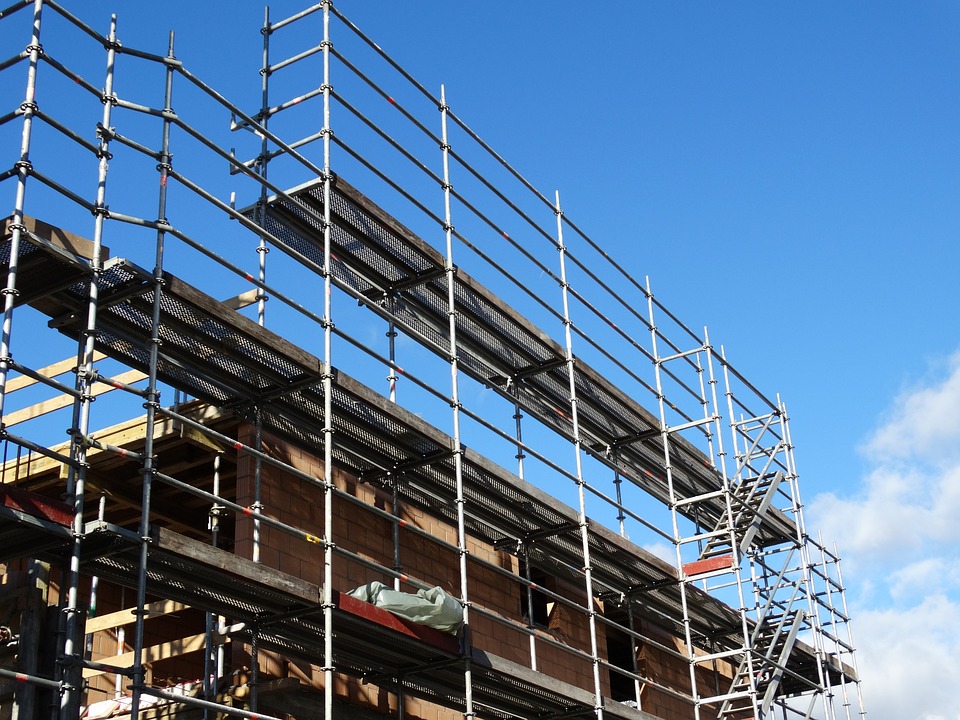
What is scaffolding engineering
Scaffolding is an essential temporary facility in building construction. Building brick walls, pouring concrete, plastering, decorating, and painting walls, installation of structural components, etc. all require scaffolding to be set up near them to facilitate construction operations, stacking o...Read more -

What Scaffolding Components & Accessories Are Commonly Used?
1. Standards: These are vertical tubes that provide the main structural support for the scaffolding system. They are typically made of steel and come in various lengths. 2. Ledgers: Horizontal tubes that connect the standards together, providing additional support and stability to the scaffolding...Read more -
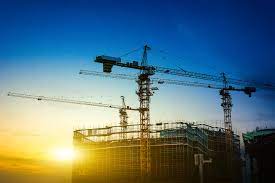
Essential Scaffolding Maintenance Tips for a Safer Workplace
1. Regular Inspection: Conduct thorough inspections of the scaffolding before and after each use. Look for any signs of damage, such as bent or twisted components, missing parts, or corrosion. Ensure that all components are in good working condition and replace any damaged or worn parts. 2. Corre...Read more -
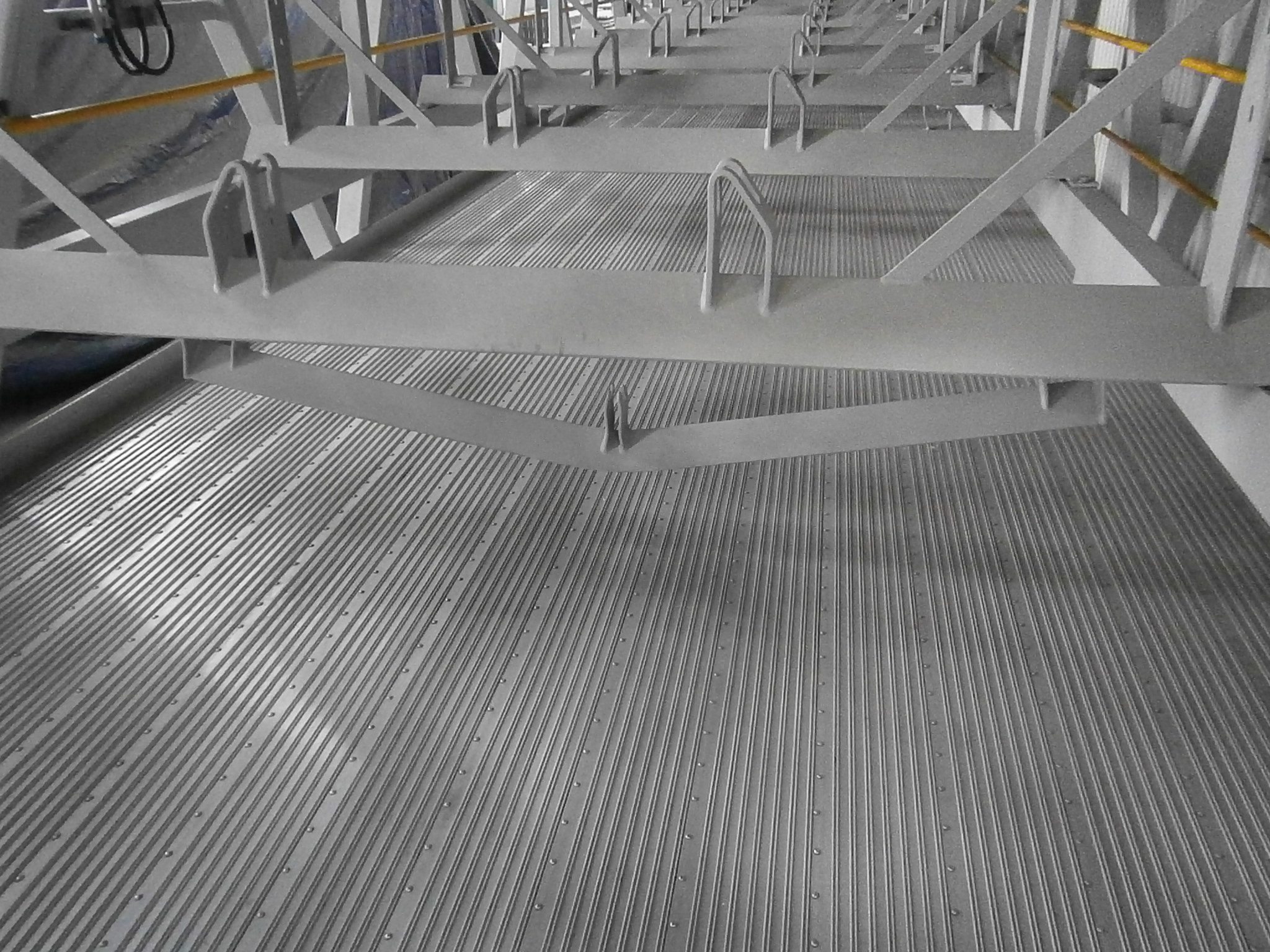
The Many Advantages of Aluminium Planks in Construction
Aluminium planks in construction have a number of advantages that make them a popular choice for building projects. Here are some of the key benefits: 1. Lightweight and strong: Aluminium planks are lightweight, making them easy to handle and transport. At the same time, they are highly strong an...Read more -
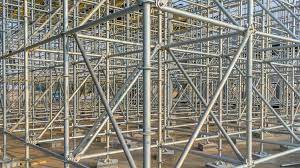
5 Reasons for Using Ring-Lock Scaffolding
1. Easy to install and dismantle: Ring-lock scaffolding is easy to install and dismantle, making it suitable for short-term or temporary tasks where scaffolding is needed only for a short period of time. 2. Safe and reliable: Ring-lock scaffolding is designed to provide a stable support for worke...Read more -
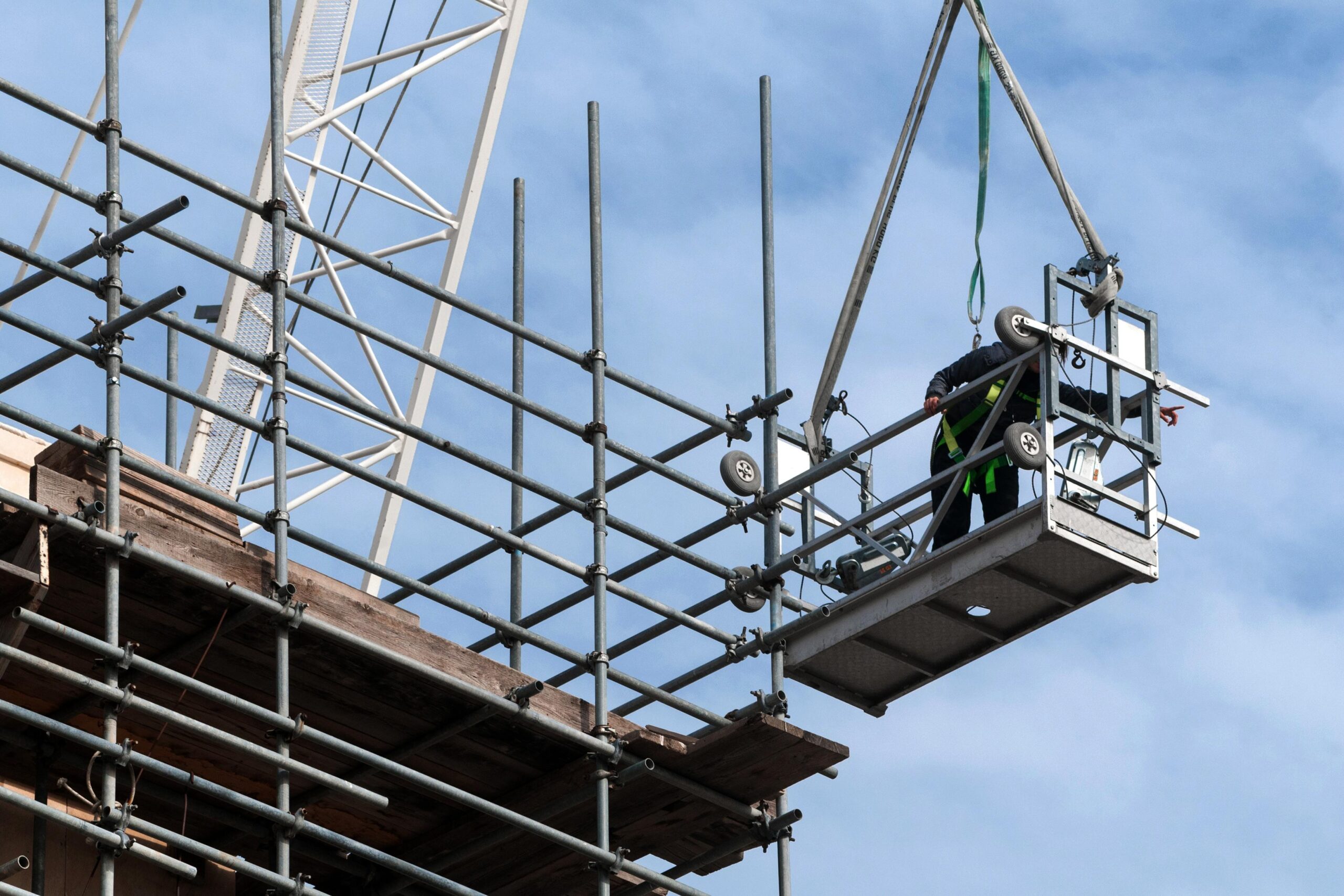
What Are Scaffold Weight Limits?
Scaffold weight limits refer to the maximum weight that a particular structure can support. It varies depending on the type of scaffold and its construction materials. Generally, scaffold weight limits are set by the construction industry and enforced by relevant authorities to ensure the safety ...Read more -
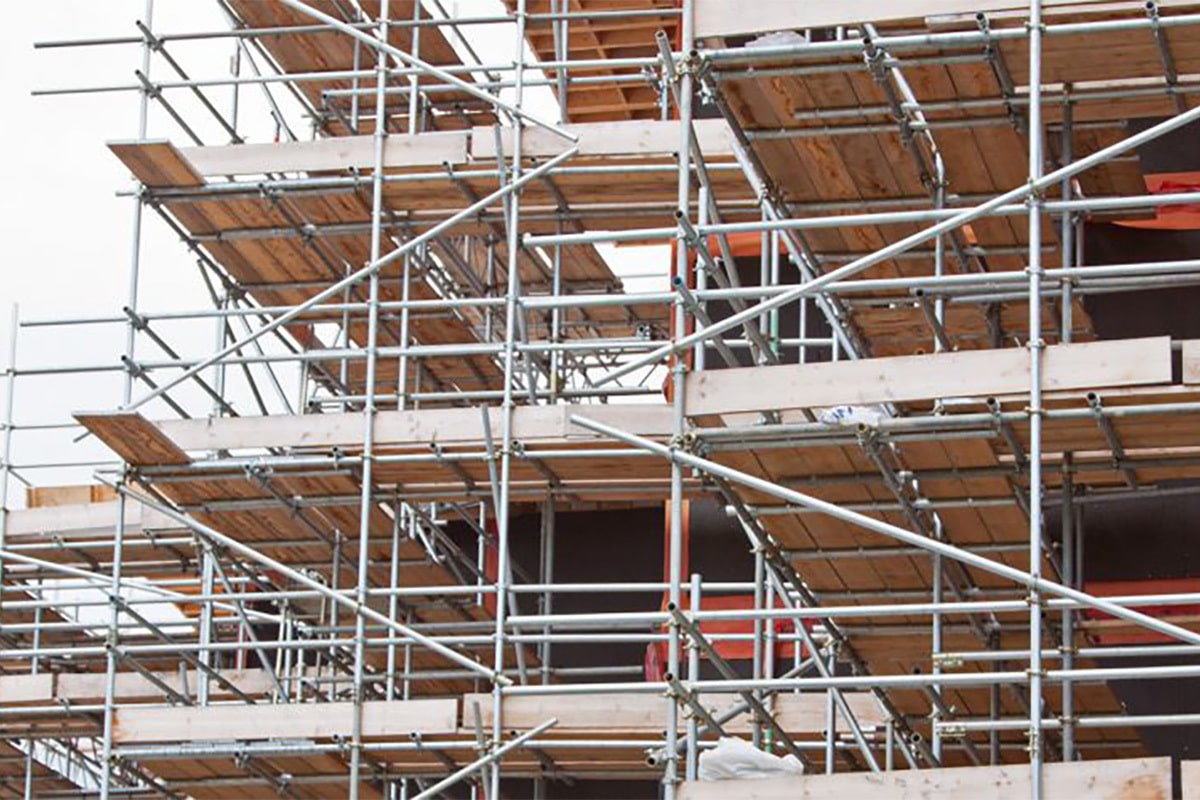
Pin-type scaffolding and support frame
Pin-type steel pipe scaffolding and supporting frames are currently the most popular and most effective new scaffolding and supporting frames in my country. These include disc-pin steel pipe scaffolding, keyway steel pipe brackets, plug-in steel pipe scaffolding, etc. Key-type steel pipe scaffold...Read more -
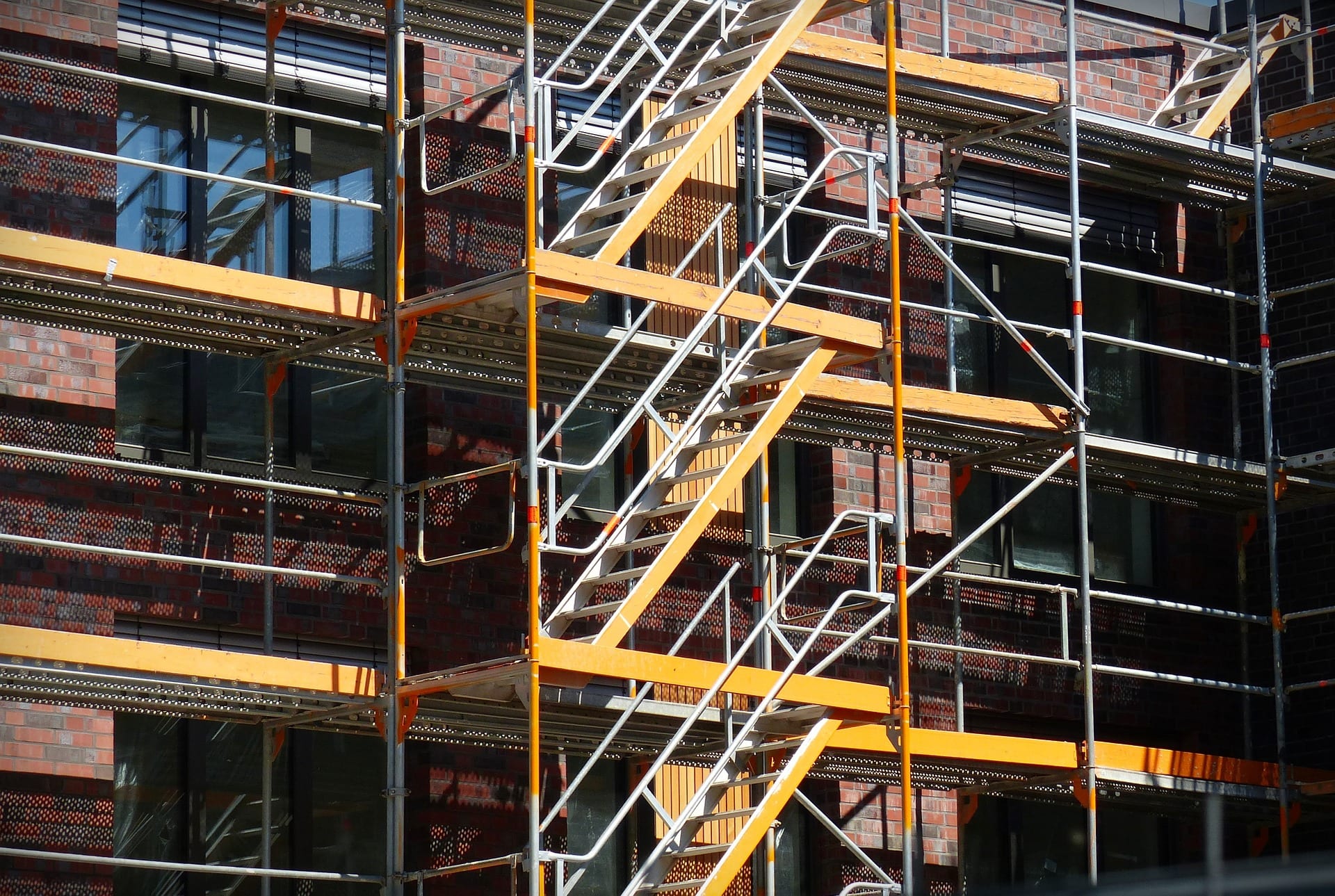
Erection of coupler scaffolding
Due to its good stress-bearing performance, the amount of steel used per unit volume of the coupler scaffolding is about 40% of that of the bowl-buckle scaffolding. Therefore, the coupler scaffolding is suitable for higher-design support systems. After the buckle scaffolding is erected, it has a ...Read more -
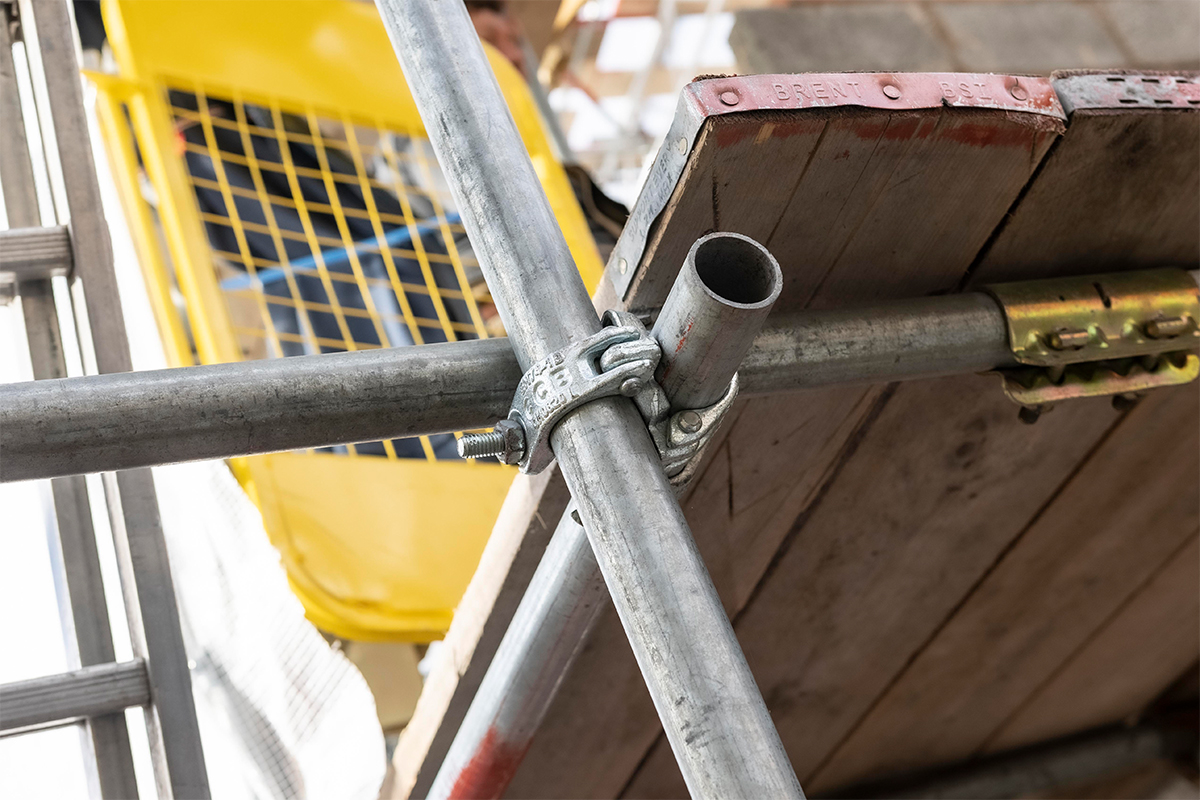
All You Need to Know About Scaffolding Inspections?
1. Purpose: Scaffolding inspections are crucial to ensure the safety and stability of the structure, prevent accidents, and comply with regulatory requirements. 2. Frequency: Inspections should be conducted at regular intervals, especially before work begins, after significant changes in the work...Read more
